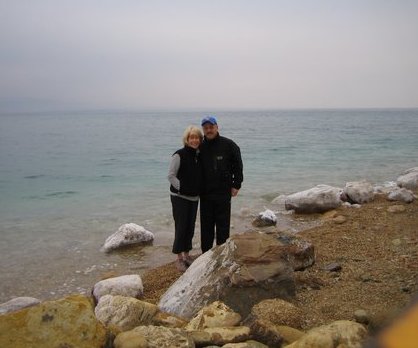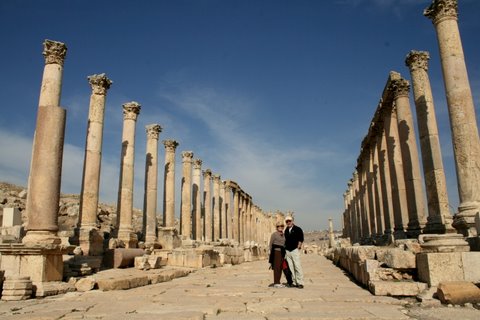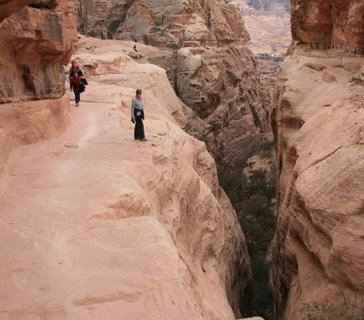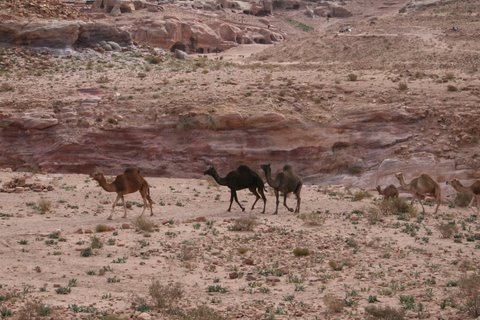|
|
|
|
|
|
When their trip through Egypt was finished, they flew to Jordan with Lindblad and visited the ancient city of Petra, formerly the hub of the busy trade route between Rome and the Arab World. Here they visited the Treasury, Petra’s most elaborate ruin, and learned about the rock-cut tombs and the intricate water system and the engineering of the Nabateans who were nomadic traders and impressive engineers. This is considered one of the most important sites in the Middle East. |
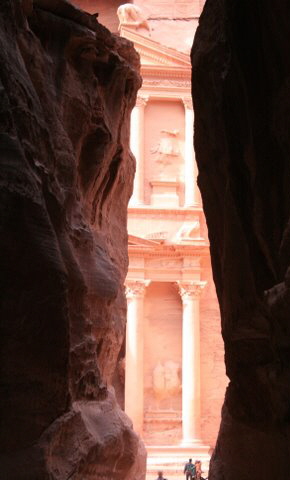 |
|||||||||||||
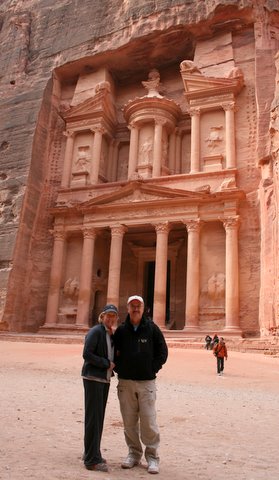 |
|||||||||||||
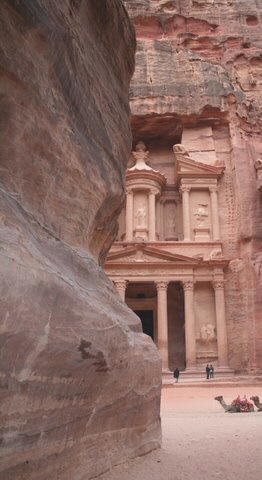 |
|||||||||||||
|
Sally and Steve in front of “The Treasury” in Petra. Steve says that the Bedouins thought that the urn at the top of the pediment contained all the gold of the pharoahs so that’s why it was called the Treasury and why they shot at it thinking they could dislodge it and steal the gold. To the right is a drawing by David Roberts, a Scottish adventurer who saw the monument in the 1800’s. Interestingly enough he did not see the pink standstone perhaps because the building was covered in dust. |
|||||||||||||
|
These are photos that Steve took as they progressed through the Siq into Petra. The Siq is a grand caravan entrance into Petra. It is a canyon and the walls are lined with water channels to carry drinking the water to the city. The Nabataeans who lived here were experts in hydraulic engineering. |
|||||||||||||
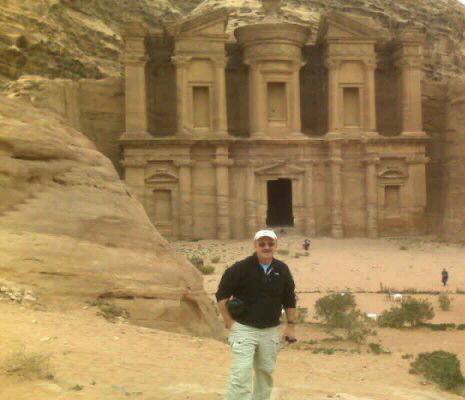 |
|||||||||||||
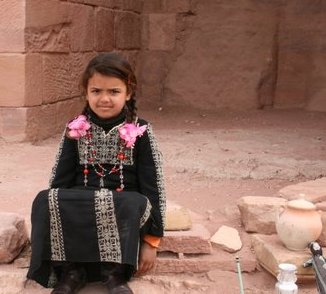 |
|||||||||||||
|
Steve in front of Al Dier, “The Monastery”, Petra’s largest monument which dates from the first century B.C. It was dedicated to Obodas I. These buildings were actually tombs. |
|||||||||||||
|
Bedouin girl in the Wadi Musa or the Valley of Moses. It is believed that Moses led the Israelites through this valley on the way to the Promised Land. Wadi Musa is the valley where Petra is located. |
|||||||||||||
|
|
||||||||||||||||||||||||||||||||||||||||||||||||||||||||||||||||||||||||||||||||||||||||||||
|
Copyright 2014 Your Travel Source - CST #: 2037874-40 |

